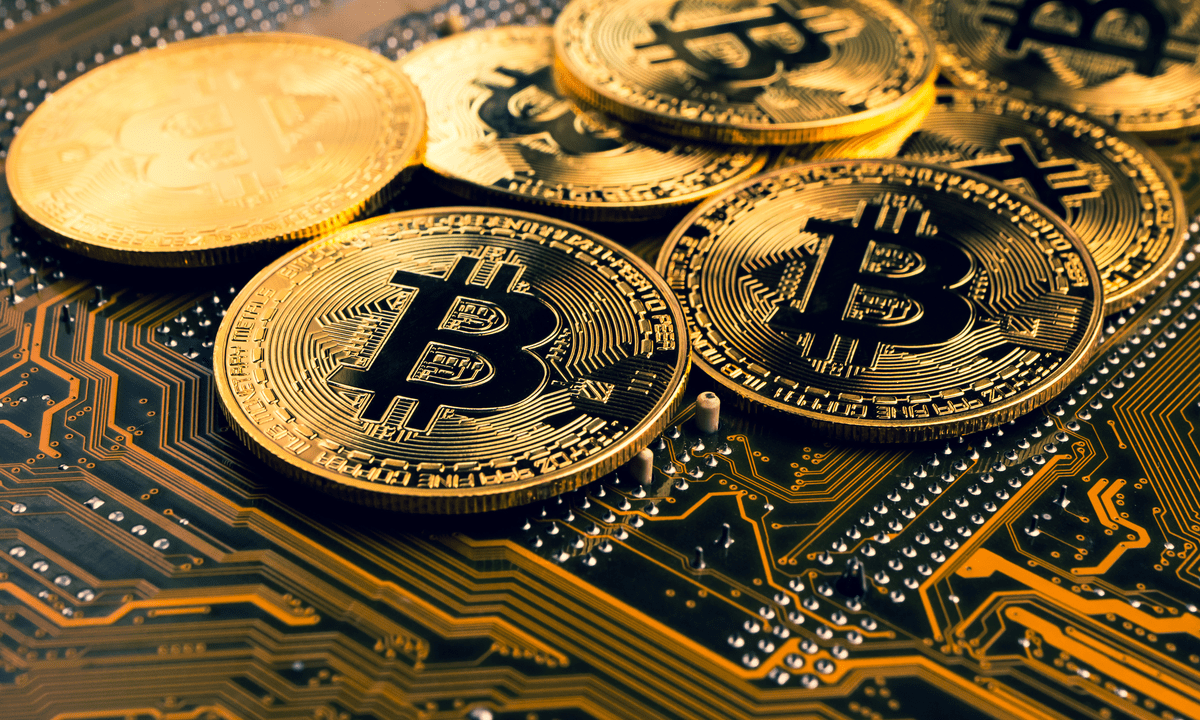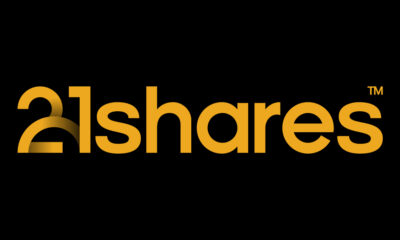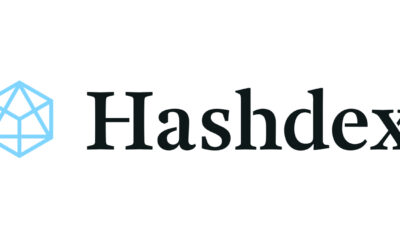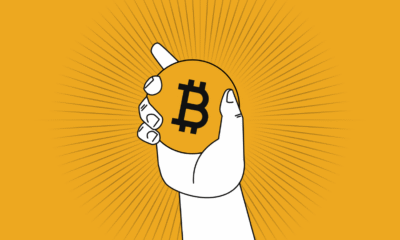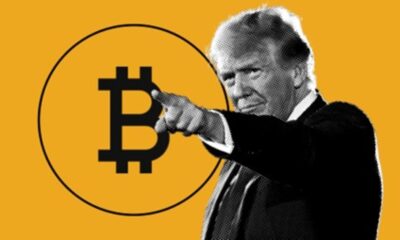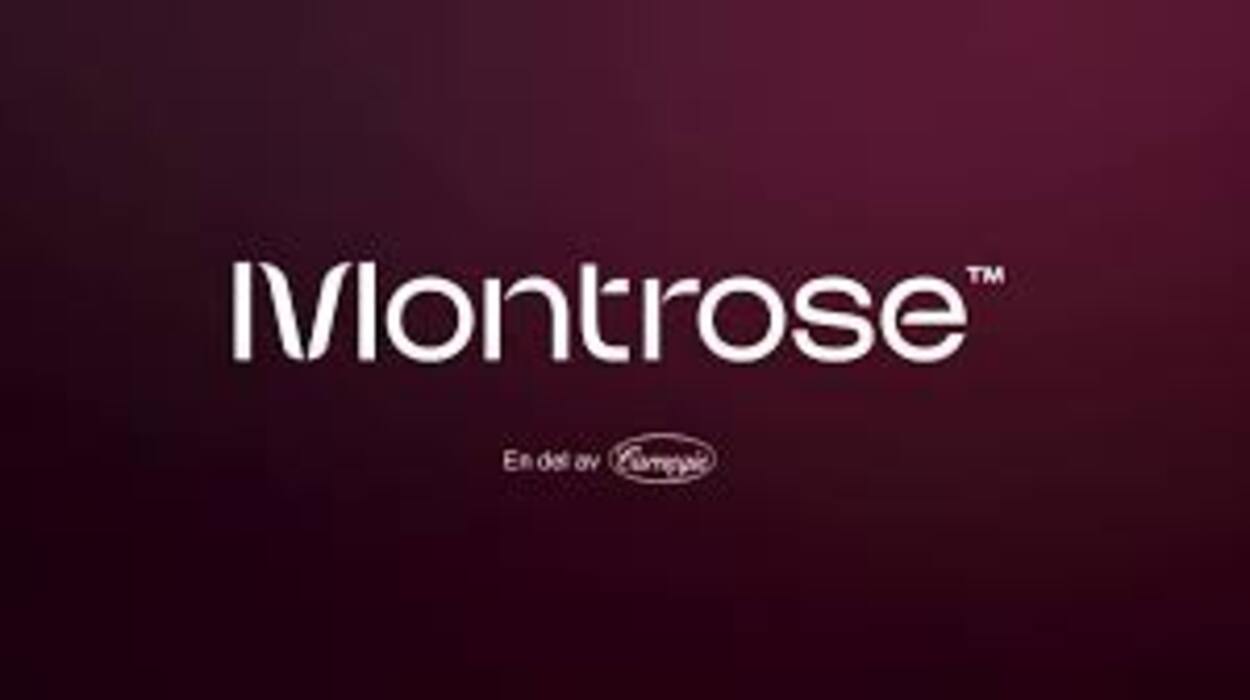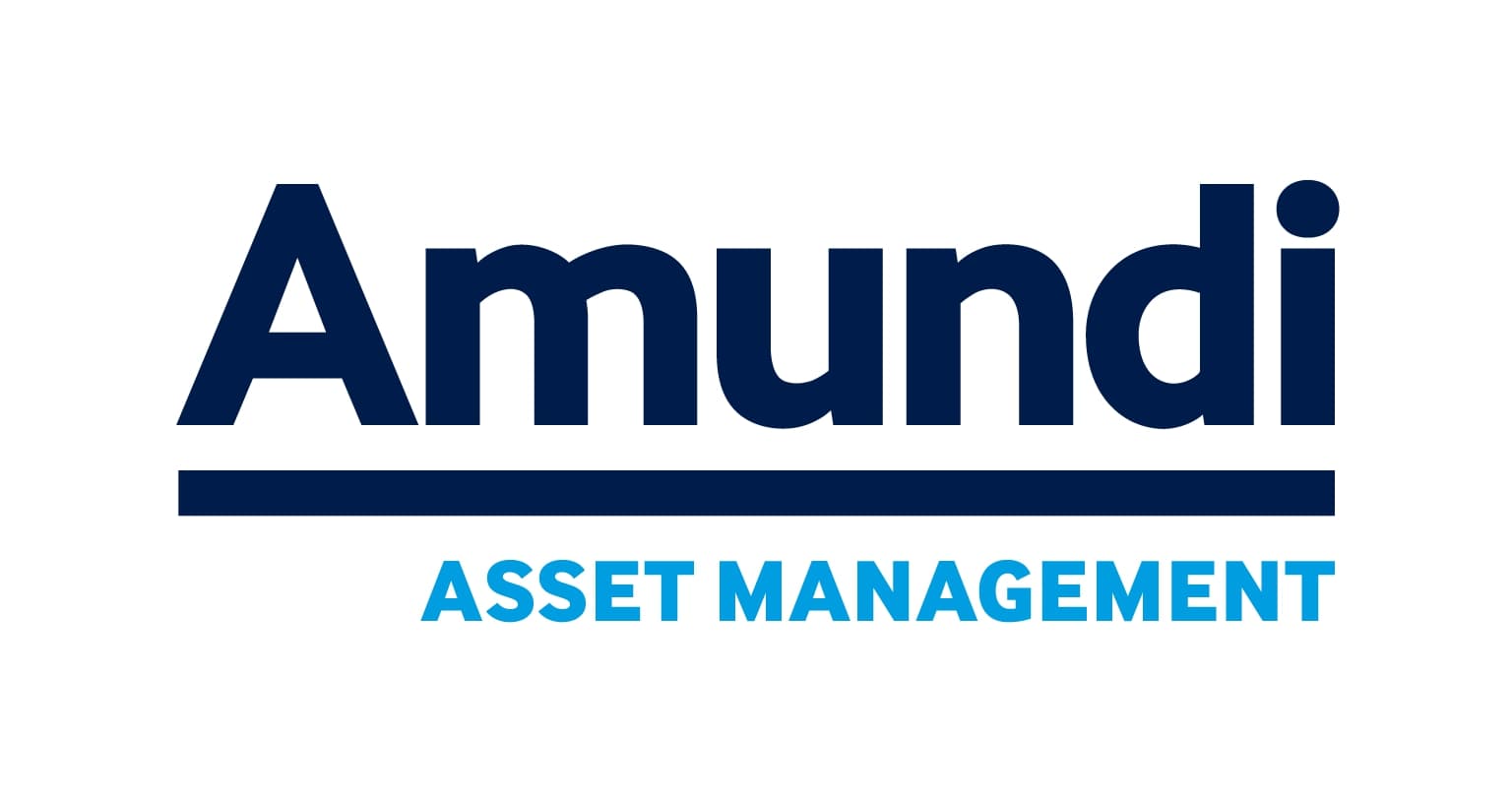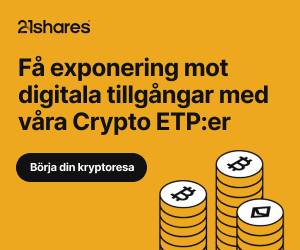När den amerikanska Finansinspektionen SEC, Securities and Exchange Commission, skjuter ner varje idé om Bitcoin ETF som korsar deras skrivbord har investerare vänt sig till Grayscales Bitcoin Investment Trust (GBTC) som ett sätt att få exponering mot kryptovalutor. Alla kallar det för en ETF för Bitcoin, här är varför det inte stämmer.
Även om många publikationer anser att GBTC är en börshandlad fond så stämmer det inte. Det är en så kallad ”grantor trust”. GBTC är inte registrerat hos SEC enligt lagen om investmentbolag från 1940 (the Investment Company Act of 1940). Aktierna handlas inte heller på en börs eller en reglerad marknadsplats. Istället handlas GBTC på den så kallade OTC-marknaden, ”over-the-counter” där reglerna är mindre stränga och regleringarna färre än på en börs.
Till skillnad från de flesta ETFerna betalar GBTC en hög årlig förvaltningsavgift. I detta fall ligger den på närmare två procent.
Startades 2013
GBTC startades initialt som en 506 (c) privat placering i september 2013 och förvaltas av Grayscale Investments, en enhet inom Barry Silbers Digital Currency Group. DCG är ett holdingbolag med inriktning mot kryptovalutor och blockchain-teknik. DCG äger CoinDesk, en ledande blockchain nyhetssajt och har investeringar i mer än 110 företag, inklusive Kraken Bitcoin Exchange.
Sedan 2013 har ackrediterade investerare haft möjlighet att köpa så kallade ”restricted shares” i Bitcoin Investment Trust direkt från Grayscale till det dagliga nettotillgångsvärdet. Detta är knutet till det efterföljande volymvägda genomsnittspriset för TradeBlock XBX Index. NAV-värdet är cirka 0,00100733 Bitcoin per aktie. (NAV-värdet finns tillgängligt på Bloomberg.)
Investerare köper och säljer
GBTC ägde 177.037 Bitcoins per den 29 januari. Antalet Bitcoins som innehas av Grayscales Bitcoin Investment Trust fluktuerar väsentligt eftersom investerare flyttar pengar in och ut från GBTC. Notera att GBTC endast har investerat i Bitcoin, och inte har några andra tillgångar. GBTC handlar inte med sina tillgångar, arbetar inte med terminer eller andra derivat. Det saknas hävstång i portföljen och de befintliga innehaven lånas inte heller ut. Detta gör GBTC till en perfekt approximation för Bitcoin även om det inte är en ETF för Bitcoin.
Sedan 2015 är GBTC godkända av Financial Regulatory Authority (FINRA) och OTC Markets Group, på OTCQX-marknaden, OTC Marketplaces toppnivå.
”Restricted shares”
Efter att ha ägt aktier i ett år blir investerare som köpte aktier direkt från GBTC berättigade att sälja sina ” Restricted shares ” aktier på den offentliga marknaden. Reglerna för försäljning av oregistrerade aktier är upptagna i SEC Rule 144. När aktierna sedan säljs på sekundärmarknaden kan vilken investerare som helst köpa dem.
Även om SEC inte gör det möjligt att kalla GBTC för en ETF för Bitcoin enligt the Investment Company Act of 1940 så har det ett unikt monopol. GBTC är det enda enda amerikanska investeringsföretaget som ger direkt exponering mot Bitcoin. I Sverige finns det två certifikat som ger exponering mot Bitcoin, men det är det enda andra värdepappret som finns. Detta gör GBTC eftersom det då är tillåtet att köpa andelarna på skattefördelatiga konton som IRA, Roth IRA och 401 (k).
Se inte GBTC som en ETF
Istället för att se GBTC som en ETF bör folk tänka på denna som en sluten fond. Dessa handlar vanligen mot premie eller rabatt till dess NAV. Anledningen till GBTCs premie är den stora efterfrågan på det lilla utbudet av aktier. GBTC har endast 176 miljoner aktier utestående. Fonden har en öppen struktur eftersom den kan höja tillgångar genom den privata placeringen, men innehavarna av dessa aktier måste vänta ett år med att handla med dem.
Om GBTC var mer likvid och större, och Bitcoin hade bredare acceptans, skulle det sannolikt finnas ett närmare samband mellan priset på GBTC och priset på den underliggande tillgången. Det här är en spekulativ investering i en spekulativ tillgång. GBTC fyller uppenbarligen ett behov på marknaden, det är därför som investerare köper det. Problemet är att GBTC kommer med en betydand och varierande premie. I dag finns det redan tillräckligt stora risker med kryptovalutor för att det skall läggas till ett premiumproblem.
Har alltid handlats med en premie
Sedan GBTC handlas offert på OTCQX-marknaden i början av 2015 har de handlat till en premiumvärdering till NAV. Medan vi inte kan identifiera en enda orsak till premien kan vi övertyga flera faktorer. För det första finns det färre aktier tillgängliga på marknaden än det finns efterfrågan. För det andra är det enda amerikanska investeringsföretaget som ger direkt exponering för Bitcoin genom köp av ett värdepapper.
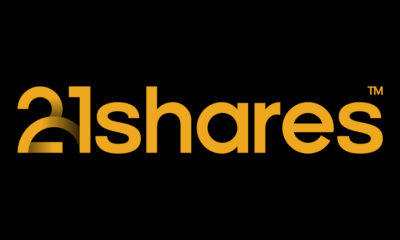
 Nyheter4 veckor sedan
Nyheter4 veckor sedan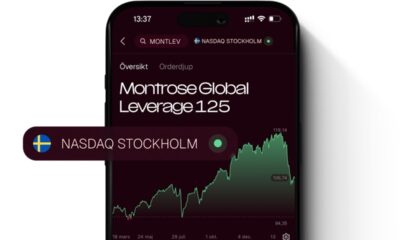
 Nyheter3 veckor sedan
Nyheter3 veckor sedan
 Nyheter4 veckor sedan
Nyheter4 veckor sedan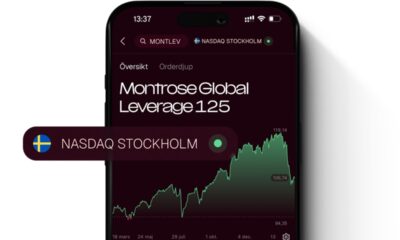
 Nyheter3 veckor sedan
Nyheter3 veckor sedan
 Nyheter3 veckor sedan
Nyheter3 veckor sedan
 Nyheter2 veckor sedan
Nyheter2 veckor sedan
 Nyheter3 veckor sedan
Nyheter3 veckor sedan
 Nyheter2 veckor sedan
Nyheter2 veckor sedan
